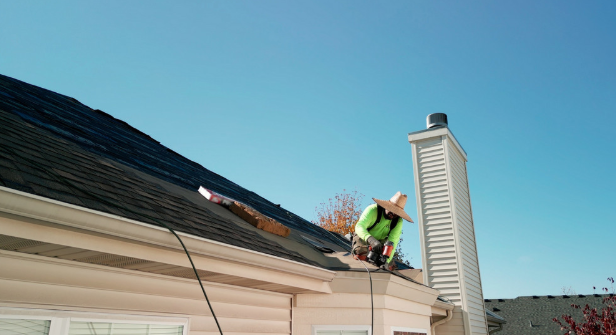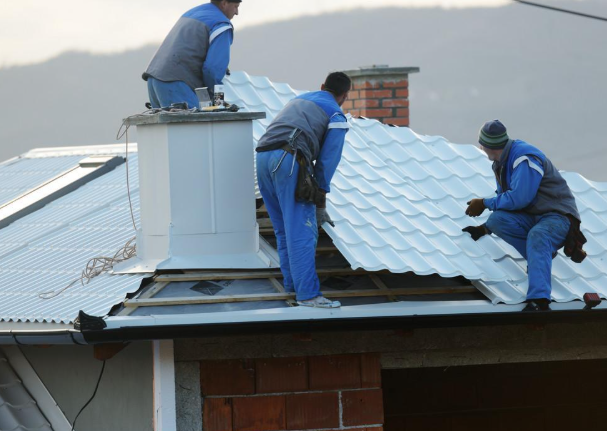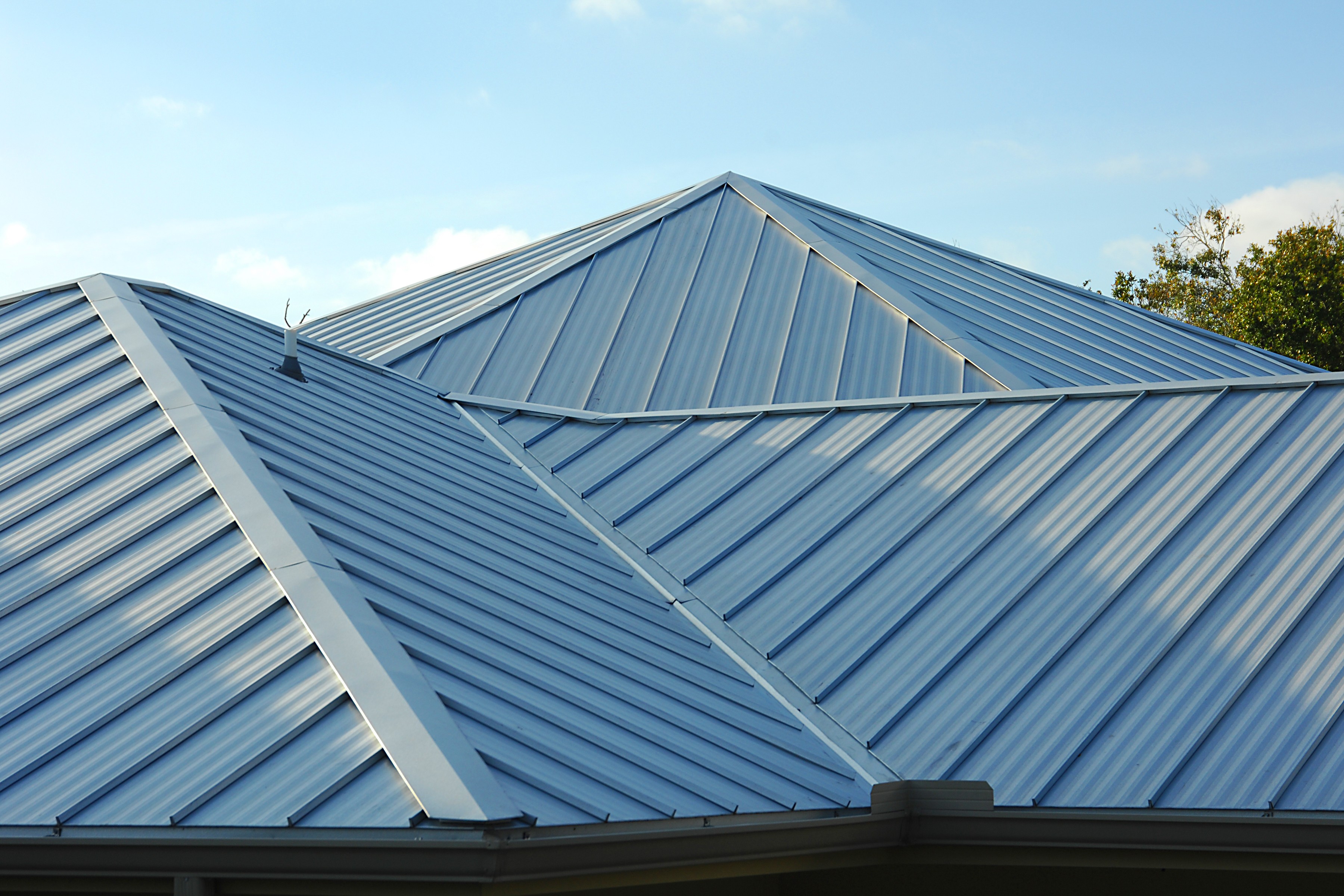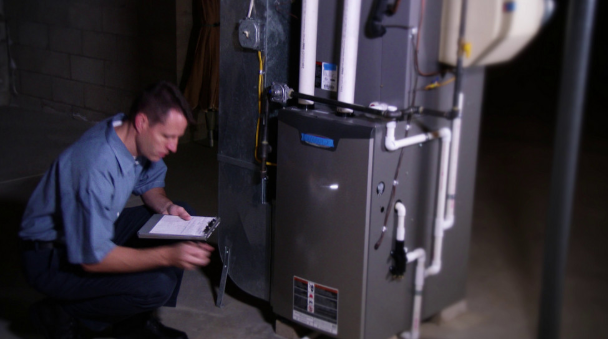Roof replacement is a significant investment, especially when your home is located in an area prone to strong winds. Understanding the best materials and practices for roof installation can increase the longevity and safety of your property. This article aims to explore vital considerations and choices for replacing your roof under such conditions.
The Importance of Material Choice
Choosing the right roofing material is crucial for homes in areas with high wind speeds. According to State Farm, some metal roofs, when installed correctly, can withstand wind gusts reaching up to 140 miles per hour. These roofs also offer the added benefits of being resistant to corrosion, cracking, and even certain impacts.
Metal roofs, due to their durability, are quite popular in gusty regions. While they may seem costly initially, their longevity and resilience against harsh weather conditions make them a worthwhile investment for homeowners. In addition to their strength, metal roofs reflect solar radiant heat, which can reduce cooling costs significantly during the hot months.
Besides metal, other materials such as asphalt shingles and clay tiles also have variations designed to endure high winds. The installation technique plays a significant role in how well these materials perform. Engaging a competent roofer with experience in handling installations in windy environments can greatly enhance the performance of these roofing materials.
Environmental Considerations
Replacing a roof generates a substantial amount of waste, which can impact the environment negatively. Home remodeling projects contribute to approximately 22% of all construction and demolition waste in the country, as highlighted by the U.S. EPA. Therefore, selecting materials that are recyclable or possess a long life span can help lower the environmental footprint of your roofing project.
Recyclable materials such as metal and certain types of shingles not only reduce waste but also contribute to a sustainable property. Considering the environmental benefits of your roofing material during selection pairs well with the goal of creating an eco-friendly home. As the demand for greener options increases, manufacturers are offering improved materials that meet these criteria.
Furthermore, understanding how to mitigate waste effectively during the roof replacement process is essential. Employing efficient waste disposal methods and opting for recyclable materials are essential steps. Green practices in roof replacement can lead to both ecological and financial savings for homeowners.
Waste Management
Proper waste management plays a pivotal role in managing roof replacement projects. A considerable amount of debris is generated during roof changes, making efficient waste handling necessary. Based on insights from Waste Advantage Magazine, 20-yard dumpsters stand out as the most utilized containers due to their cost-effectiveness and large capacity for holding debris.
These containers are instrumental in segregating and disposing of waste systematically. They accommodate the large volumes of discarded shingles, nails, and other construction debris that typically result from a roofing project. Strategically planning your waste disposal system in advance can streamline the project and prevent unnecessary disruptions.
Additionally, choosing the right size dumpster and partnering with a reliable waste disposal service can ensure compliance with local waste management regulations. They help maintain the cleanliness and safety of the construction site. Efficient waste management not only reduces overall costs but also minimizes the project’s environmental impact.
Replacing a roof in a gusty area entails careful consideration of material choice, environmental impact, and waste management strategies. A sound understanding of these factors ensures that homeowners can make informed decisions, improving both the lifespan and performance of their roof. With the right materials and efficient practices, it’s possible to enhance the safety and sustainability of homes even in the most challenging weather conditions.
Prioritizing quality materials and engaging experienced professionals leads to better outcomes. Addressing waste management effectively is equally important to ensure an environmentally responsible approach to home improvement. As wind patterns continue to affect various regions, preparing your roof to withstand such conditions is a prudent step for any homeowner.
In summary, investing in the right roofing solutions and adhering to eco-friendly practices can protect homes from harsh weather while also contributing positively to environmental conservation. Remember, a well-chosen roof not only safeguards your family but also stands as a testament to sustainable living.










